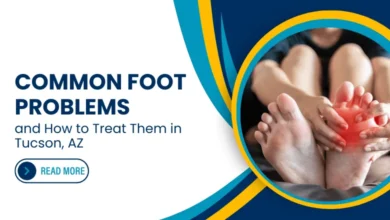How medical translation services have evolved over the years?

Medical translation is playing a vital role in a number of areas and disciplines. It comprises all extensive and challenging areas. Medicine is a broad field now. There are new disciplines and branches that are getting associated with the medical field. There are new inventions, medical devices, and types of equipment are getting recognition now. It is also worth mentioning that this process has a particular pattern to follow. They ask for the monitoring of the system, check for chronic pain, and also need to consider the regulatory approval submissions as per the requirements in the target market.
Medical device translation services are crucial to ensure the accuracy and effectiveness of medical devices across different regions and languages. They play a vital role in the global healthcare industry, enabling medical technology companies to communicate effectively with healthcare professionals and patients worldwide. The history of translating medical device text dates back to the early 20th century, with the rise of international trade and communication.
History of the medical device translation
The beginning of translation for medical equipment and devices dates back to the establishment of the International Electrotechnical Commission (IEC) in 1906. The IEC is an international organization that defines, sets, and maintains standards for electrical, electronic, and related technologies. In 1926, the IEC published the first international standard for medical electrical equipment, this way it set the foundation for the development of medical devices worldwide.
The 1970s
The development of computer-assisted translation (CAT) tools revolutionized the translation industry, including translation for medical content in the 1970s. CAT tools are software applications that help translators to improve their productivity and consistency by providing translation memories, glossaries, and other useful resources. The use of CAT tools in medical translation and for the equipment reduced the time and cost of translation. However, it did show inaccuracies and there was no precision. Overall, it did improve the quality and consistency of the translated documents.
The 1980s
In the 1980s, the globalization of the medical device industry accelerated, leading to the expansion and surge in translation services to facilitate overseas needs. Medical device manufacturers began to recognize the importance of providing accurate and effective translations to comply with regulatory requirements. They also realized how ensuring the safety and efficacy of their products was vital to stay in the business. Consequently, the demand for medical devices and their translation grew, and many new companies emerged to provide specialized translation services to the medical device industry.
The 1990s
The advent of the internet and the growth of e-commerce further increased the demand for medical device content in the multilingual format during the 1990s. It was a revolutionary age. Medical device manufacturers began to sell their products online, and they needed accurate and effective translations to reach a global audience. The use of machine translation (MT) also became popular in the 1990s, enabling medical device manufacturers to translate large volumes of documents quickly and cost-effectively. However, the quality of MT was often poor, and it was not suitable for the translation of complex medical terminology. Also, it was not accurate enough to use overseas for native speakers.
The 2000s
As international trade grew in the mid-20th century, medical device manufacturers faced challenges in marketing their products in foreign markets due to language barriers. Language hindrances ruined businesses initially. People also did not stand up to claim the rights to their language. Acquiring medical translation services online was out of the question. In fact, there was no trend in online orders and services. To overcome this obstacle, online medical translation services emerged to help manufacturers translate their product documentation and instructions for use (IFUs) into different languages.
Modern age
The first medical device translation was provided by professional translators who had expertise in medical terminology and regulations. These translators worked closely with medical device manufacturers to ensure the accuracy and effectiveness of the translated documents. The services were mainly offered on a project-by-project basis. Also, the cost of translation was relatively high due to the manual and time-consuming process.
In the 21st century, translation for medical devices and equipment has continued to evolve and adapt to the changing needs of the industry. The use of CAT tools and MT has become more sophisticated. Whereas, the use of integration of artificial intelligence and machine learning has further improved the quality and efficiency of translation. The translation it produces for the medical field, devices, and types of equipment and for scientific translation service. AI and ML technologies can help translators to identify and translate complex medical terminology more accurately. This can be practiced while reducing the time and cost of translation.
Conclusion
Medical device translation has played a critical role in the development and globalization of the medical device industry. However, things were not the same from the start. The translation industry overall and medical translation has evolved over the decades. Using machine translation tools is also an old trend. Medical companies have realized the need for translation services for a better business eventually.




